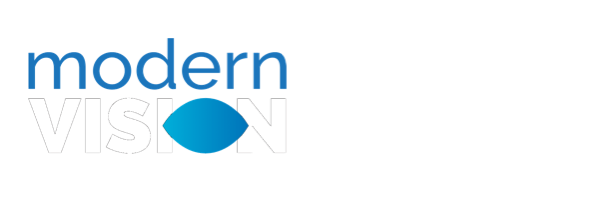Understanding the Risk Factors for Myopia
At Modern Vision Solutions, we prioritize your eye health and strive to provide comprehensive care for all our patients. Myopia, or nearsightedness, is a growing concern, especially among children. Understanding the risk factors for myopia can help in early detection and management. Below we will outline the key risk factors and what you can do to help prevent myopia. To discuss myopia control options for your child schedule an appointment with Modern Vision Solutions today.
What is Myopia?
Myopia is a condition where individuals can see well up close but struggle to see far away. This condition is characterized by a longer-than-average eye, which causes light to focus in front of the retina, resulting in blurred vision at a distance. Beyond just a prescription issue, myopia is a significant eye health concern affecting visual perception and overall visual acuity.
What Are the Risks of Having Myopia?
People with myopia are at a higher risk for several serious eye conditions, including:
- Cataracts – Cataracts are the clouding of the usually clear lens inside the eye. When the lens clouds, light cannot pass through properly, making it difficult for the eye to focus properly.
- Retinal detachments – A retinal detachment describes when the retina, a thin layer of tissue at the back of the eye, becomes detached from the blood vessels that feed it. This can lead to reduced vision or even blindness if not treated promptly.
- Macular degeneration – Macular degeneration affects the central part of the retina, called the macula. This disease can take a dry or wet form, building up protein deposits or affecting the blood vessels around the macula respectively, warping the macula’s shape and distorting central vision.
- Glaucoma – Glaucoma is a name for a series of diseases that damage the optic nerve.
These risks are especially pronounced in children, as myopia often progresses during their school years, leading to an increased eye length. Moreover, untreated myopia can lead to severe visual impairment and increase the risk of eye disease.
Risk Factors for Myopia
Genetics
Genetics play a significant role in the development of myopia. If one parent is myopic, a child is three times more likely to develop myopia. This risk increases to six times if both parents are myopic. The hereditary nature of myopia means that the likelihood of developing this condition is strongly influenced by family history. Children with myopic parents should be monitored closely for early signs of myopia.
Ethnicity
Ethnicity is another important factor in myopia risk. Individuals of Asian descent have the highest rates of myopia compared to other ethnic groups. In contrast, people of Caucasian descent typically experience a slower progression and later stabilization of myopia. This ethnic variation highlights the need for targeted awareness and prevention strategies in communities with higher prevalence rates.
Lifestyle and Environment
Lifestyle and environment significantly influence the development of myopia. Extensive near work, such as reading and using digital devices, increases the risk of developing myopia. Additionally, spending less time outdoors is associated with a higher risk. The amount of time spent on close-up tasks and the lack of exposure to natural light contribute to the elongation of the eye, which leads to myopia. Encouraging children to take breaks from near work and spend more time outdoors can help mitigate these risks.
Digital Device Usage
Digital device usage is a modern factor that contributes to the development and progression of myopia. Prolonged use of digital devices, such as smartphones, tablets, and computers, strains the eyes and can accelerate the onset of myopia. This is particularly concerning for children who spend significant time on screens for both educational and recreational purposes. Limiting screen time and promoting good visual habits, such as the 20-20-20 rule, can help reduce the impact of digital devices on eye health. The 20-20-20 rule is where you take a 20-second break to look at something 20 feet away every 20 minutes. Encouraging these practices can significantly help in managing the risk of myopia in children.
Statistics and Future Projections
- Over 40% of Americans in the United States are currently myopic.
- By 2050, it’s projected that nearly half of the world’s population, or almost 5 billion people, will be nearsighted.
What Can Parents Do?
As a parent, there are several steps you can take to help reduce the risk of myopia in your child:
Limit Screen Time
Try to restrict recreational screen time to two hours or less per day.
Encourage Outdoor Activities
Aim for at least two hours of outdoor play daily. Outdoor activities help reduce the risk of myopia.
Implement the 20-20-20 Rule
Every twenty minutes, encourage your child to take a twenty-second break and look at something twenty feet away. This practice helps their eyes refocus and reduces strain.
Schedule Annual Eye Exams
Regular eye exams are crucial for early detection and management of myopia. At Modern Vision Solutions, our comprehensive exams include advanced retinal imaging and precise measurements of eye length. We also provide information on contact lens options and the use of atropine eye drops for myopia control. Our practice also emphasizes the importance of monitoring the cornea and overall eye health, often in collaboration with specialists in ophthalmology.
Understanding and addressing the risk factors for myopia is vital for maintaining your child’s eye health. If you have any questions or would like to learn more about myopia and its management, including glasses and other corrective measures, please call or text us at our 103rd and Pacific St. location.
Thank you for choosing Modern Vision Solutions. We look forward to assisting you in maintaining your child’s healthy vision.








